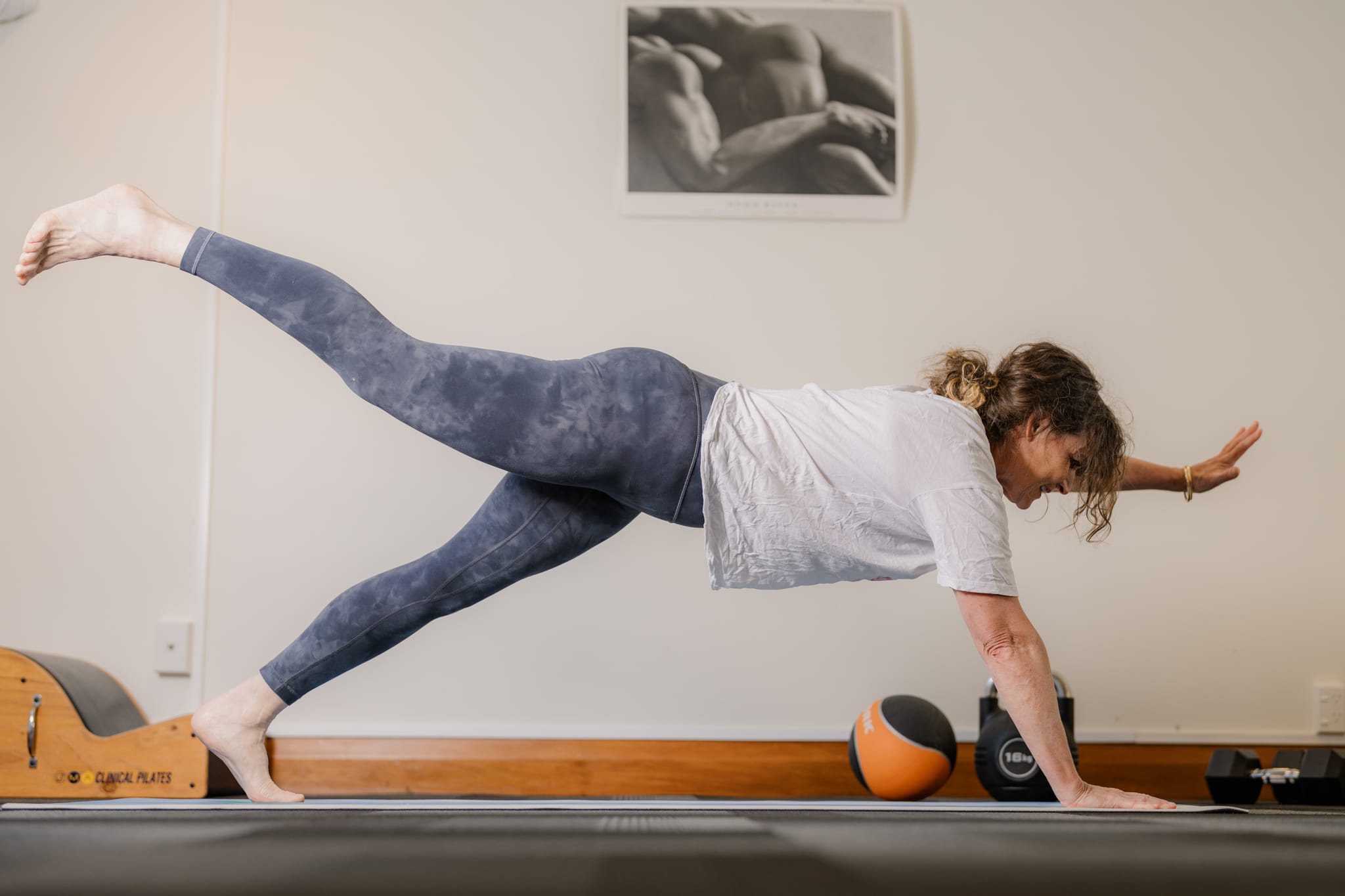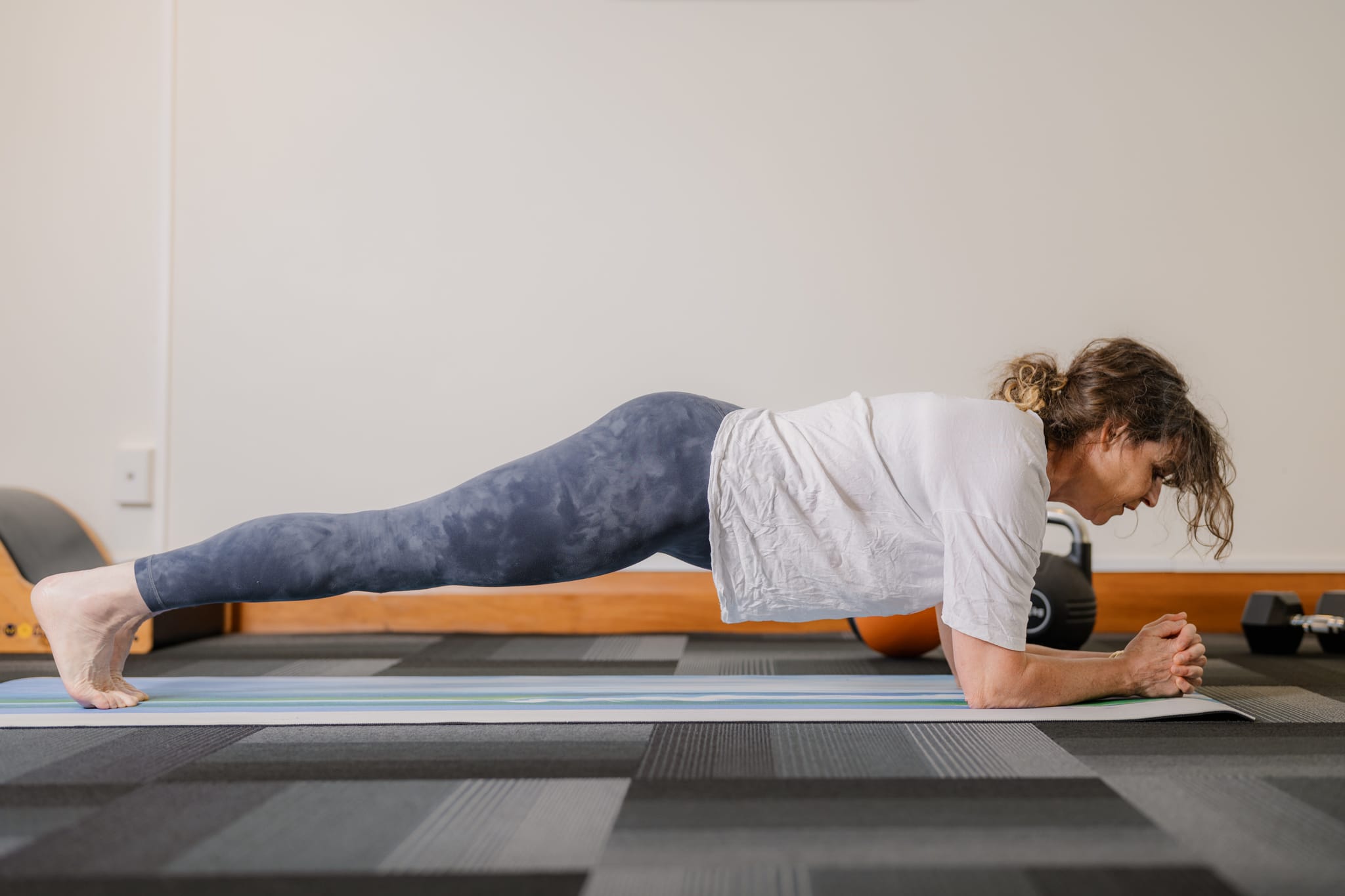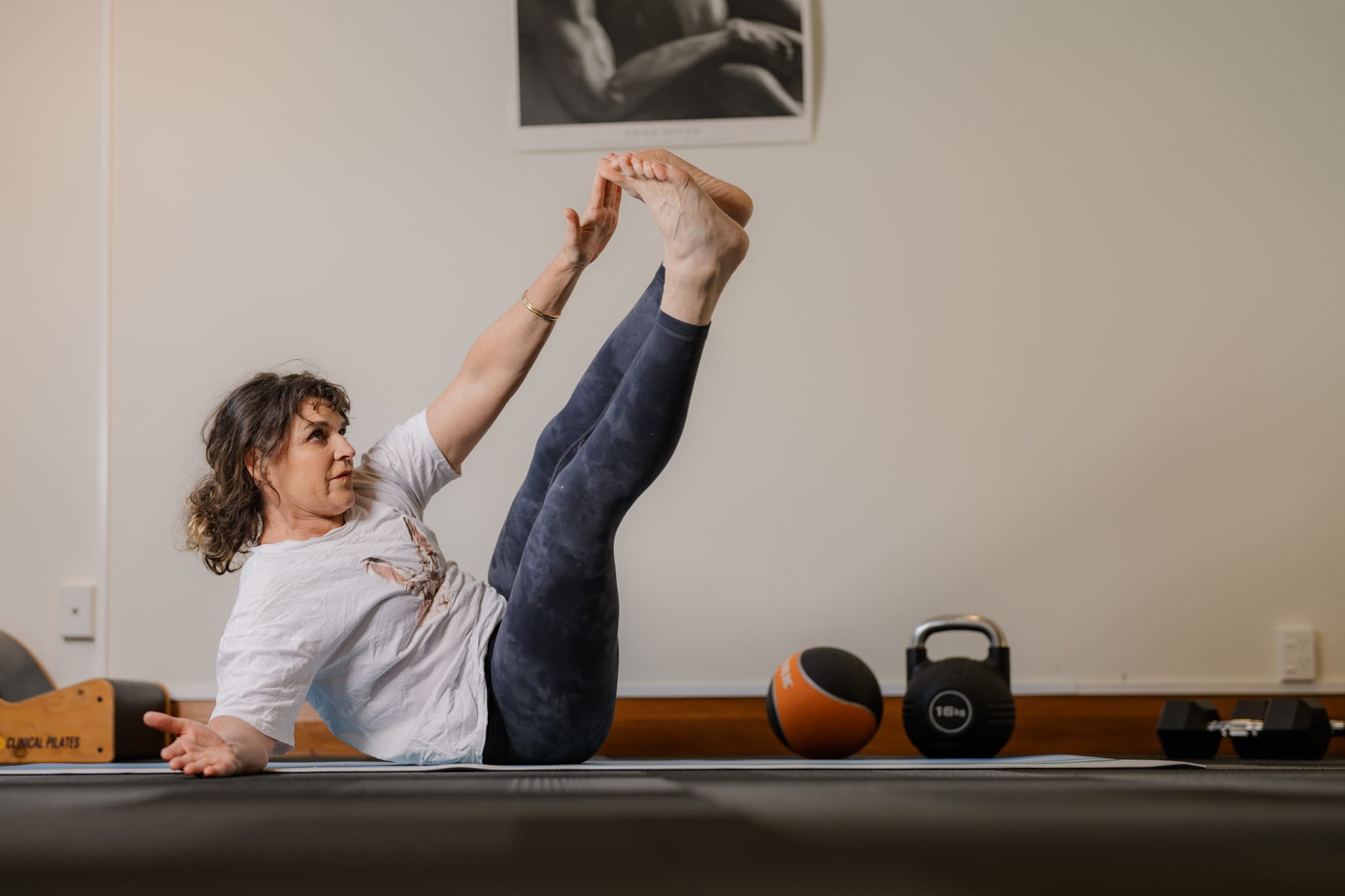refresh physio
menopause
Overview
Menopause Physiotherapy & Support
Menopause – the day in time, 12 months after a woman’s last period. Approximately 47 million women worldwide enter menopause annually, at average age approximately 51.4 years (ranging between 45 & 55), with a duration of symptoms lasting approximately 2–10 years. 51% of humans are born with ovaries.

From a musculoskeletal & pelvic physiotherapy point of view – The Musculoskeletal Syndrome of Menopause (MSM) describes the collective musculoskeletal signs & symptoms associated with the loss of oestrogen production.
These musculoskeletal symptoms, largely influenced by oestrogen flux, includes:
- Arthralgia
- Loss of muscle mass
- Loss of bone density
- Progression of osteoarthritis.
In isolation, it can be difficult to appreciate the substantial role of decreasing oestrogen.
More than 35 symptoms are associated with menopause:
- Hot flushes
- Brain fogSleep disturbances
- Anxiety
- Loss of libido
Less commonly recognised are musculoskeletal symptoms – from perimenopause through to menopause > 70% will experience these, 25% will be disabled by them & 40% will have no structural findings.
MSM includes, but is not limited to:
- Musculoskeletal pain
- Arthralgia
- Loss of lean muscle mass
- Loss of bone density with increased risk of resultant fracture
- Increased tendon & ligament injury
- Adhesive capsulitis
- Cartilage matrix fragility with the progression of osteoarthritis.

Genitourinary Syndrome Of Menopause GSM Symptoms Include:
- Vaginal/vulval dryness
- Burning & irritation
- Sexual symptoms including lack of lubrication, discomfort or pain
- Impaired function, as well as urinary symptoms including urgency, dysuria & recurrent urinary tract infections.
Perimenopause : Average age for onset = 47.5 years.
Here, women have an average ↓10% in bone mineral density. After this time, there is a ↓ of 0.6% in muscle mass per year after menopause. These are due to ↓ in estradiol (most biologically active form of oestrogen, which impacts nearly all types of musculoskeletal tissue including bone, tendon, muscle, cartilage, ligament & adipose).
Musculoskeletal syndrome of menopause – Processes & Signs
The fall in estradiol levels leads to 5 primary changes as below:
| Processes | Signs |
| inflammation | arthralgia, joint pain, joint discomfort frozen shoulder |
| sarcopenia | poor balance, falls, decreased muscle mass, loss of stamina, walking slowly |
| ↓satellite cell production | decreased muscle mass, inability to gain muscle |
| osteoporosis | loss of height, back pain, stooped posture, low-impact fracture |
| arthritis | arthralgia, joint pain & stiffness, |
Oestrogen
Oestrogen plays a key role in regulating inflammation & protecting against generalised arthralgia—the experience of joint pain—which often peaks in early post-menopause. More than 50% of perimenopausal women report symptoms of arthralgia, with similar patterns observed in those who abruptly stop menopausal hormone therapy (MHT/HRT) or take aromatase inhibitors.
One of oestrogen’s important functions is controlling inflammation by preventing the release of TNF-α, a protein that contributes to muscle breakdown & impairs muscle repair. TNF-α, produced by fat cells, can also promote fat accumulation while weakening muscle function.
Emerging research suggests that MHT may help slow fat gain & reduce muscle loss, as oestrogen interacts directly with fat tissue through specific receptors. Additionally, oestrogen has a powerful anti-inflammatory effect through its influence on the inflammasome—a part of the immune system that regulates inflammation by activating key proteins (IL-1β & IL-18). By modulating this process, oestrogen may help manage inflammation-related symptoms, making MHT a potential option for symptom relief.
Sarcopenia
Sarcopenia, the age-related loss of lean muscle mass, is marked by the shrinking of fast-twitch muscle fibres, a reduction in type II fibres, fewer motor units, & an increase in intramuscular fat. It often becomes apparent when muscle strength declines.
How to reduce Sarcopenia
- Nutrition: Adequate protein intake, vitamin D, & creatine supplementation may support muscle maintenance & growth.
- Exercise: Resistance training & regular physical activity are essential for preserving muscle mass & strength.
The Impact of Oestrogen on Muscle Health in Menopause
As we age, we naturally lose muscle mass & strength—a condition known as sarcopenia. This process accelerates during perimenopause & postmenopause due to ↓ oestrogen levels.
Reduced oestrogen can lead to:
- Loss of fast-twitch muscle fibres (important for strength & power)
- ↑ fat accumulation within muscles
- ↓motor units controlling muscle movement
- ↑muscle weakness & fatigue
Research shows that oestrogen plays a key role in maintaining muscle function, energy production, & recovery. When oestrogen levels drop, muscle cells become less efficient, experience more oxidative stress, & struggle to repair after injury. Postmenopausal women are more vulnerable to muscle loss, leading to reduced strength, mobility issues, & a higher risk of frailty.
How Can You Protect Muscle Health in Menopause?
- Resistance training: Strength exercises help build & preserve muscle mass.
- Proper nutrition: Adequate protein, vitamin D, & creatine support muscle repair & growth.
- Menopausal Hormone Therapy (MHT): Research suggests that MHT can help slow muscle loss, improve strength, & enhance the body’s response to exercise. Women using MHT have been found to have greater muscle mass & grip strength compared to those who don’t.
Pairing hormone therapy with resistance training may be especially effective in reducing the impact of menopause on muscle strength & overall physical performance.
If you’re experiencing muscle weakness, loss of strength, or difficulty recovering from exercise, physiotherapy can help. I offer tailored rehabilitation programs to support muscle health, improve function, & keep you moving confidently through menopause & beyond.
Oestrogen & Muscle Recovery: The Role of Satellite Cells
Muscle recovery & strength depend on satellite cells, specialised stem cells that help repair & regenerate muscle tissue. These cells are naturally activated after injury or exercise, allowing muscles to rebuild & adapt.
Oestrogen stimulates satellite cell activation & proliferation through oestrogen receptors. When oestrogen levels ↓during menopause, muscle regeneration slows, making it harder to recover from exercise, injuries, or everyday physical strain.
Why Does This Matter?
- Reduced muscle strength & recovery – oestrogen loss leads to fewer satellite cells, weakening muscle power & slowing repair after exercise or injury.
- Higher risk of frailty & osteoporosis – weaker muscles can accelerate bone loss, increasing the risk of fractures & mobility issues.
- Key areas affected – research suggests that muscles around the hips, legs, & back are particularly vulnerable to hormone-related changes.
What Can Help?
- Strength Training: targeted resistance exercises help maintain muscle function & support bone health.
- MHT – may help preserve satellite cell function, improving muscle recovery & strength.
- Physiotherapy: Personalised exercise programs can optimize muscle repair, prevent injuries, & enhance mobility.
- If you’re experiencing muscle weakness, slower recovery, or increased stiffness, I can help keep you strong, active, & resilient through menopause & beyond.
Protecting Bone Health in Menopause
Osteoporosis is often underdiagnosed despite being preventable & treatable. Up to 50% of women will experience a fracture in their lifetime, with hip fractures occurring in 70% of cases.
How Does Oestrogen Affect Bone Density?
Oestrogen plays a key role in maintaining strong bones. When levels ↓ after menopause, bone loss accelerates, ↑ the risk of osteoporosis & fractures.
How Can You Reduce Your Risk?
- Bone Density Scans: A DEXA scan.
- Nutrition & Exercise: Adequate calcium, vitamin D, & weight-bearing exercises can help maintain bone mass.
- MHT: Research shows MHT preserves or ↑ bone density & ↓ risk of fractures. It is an effective & cost-efficient option for osteoporosis prevention & treatment.
Cartilage Health & Osteoarthritis In Menopause
Osteoarthritis (OA) is a common condition that affects joint cartilage, causing pain, stiffness & reduced mobility. While both mechanical stress & biochemical changes contribute to OA, women experience a sharp increase in osteoarthritis symptoms around menopause—often with more severe pain than men.

How Does Oestrogen Affect Cartilage?
Oestrogen helps regulate chondrocytes, the specialised cells that maintain cartilage. When oestrogen levels decline:
- Cartilage breakdown accelerates, increasing joint wear & tear.
- The risk of knee, hip & finger osteoarthritis rises.
- Changes in connective tissue & intervertebral discs can lead to stiffness & discomfort.
Can MHT Help?
The role of Menopausal Hormone Therapy (MHT) in osteoarthritis is still being studied. Some research suggests that MHT may protect cartilage & slow joint degeneration, but other studies link it to a higher likelihood of joint replacement. More research is needed to determine who may benefit most from MHT for osteoarthritis.
What Can You Do?
- Exercise & Movement: Strengthening muscles around the joints can help reduce pain & improve mobility.
- Weight Management: Maintaining a healthy weight reduces joint stress.
- Physiotherapy: Targeted treatments can improve joint function, reduce stiffness, & enhance mobility.
If you’re struggling with joint pain, stiffness, or osteoarthritis, I offer physiotherapy programs designed to support cartilage health, reduce pain & improve mobility during & after menopause.





